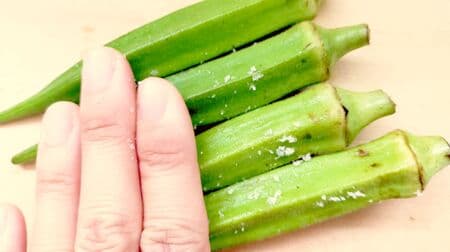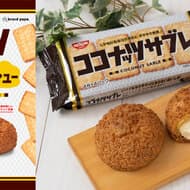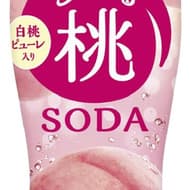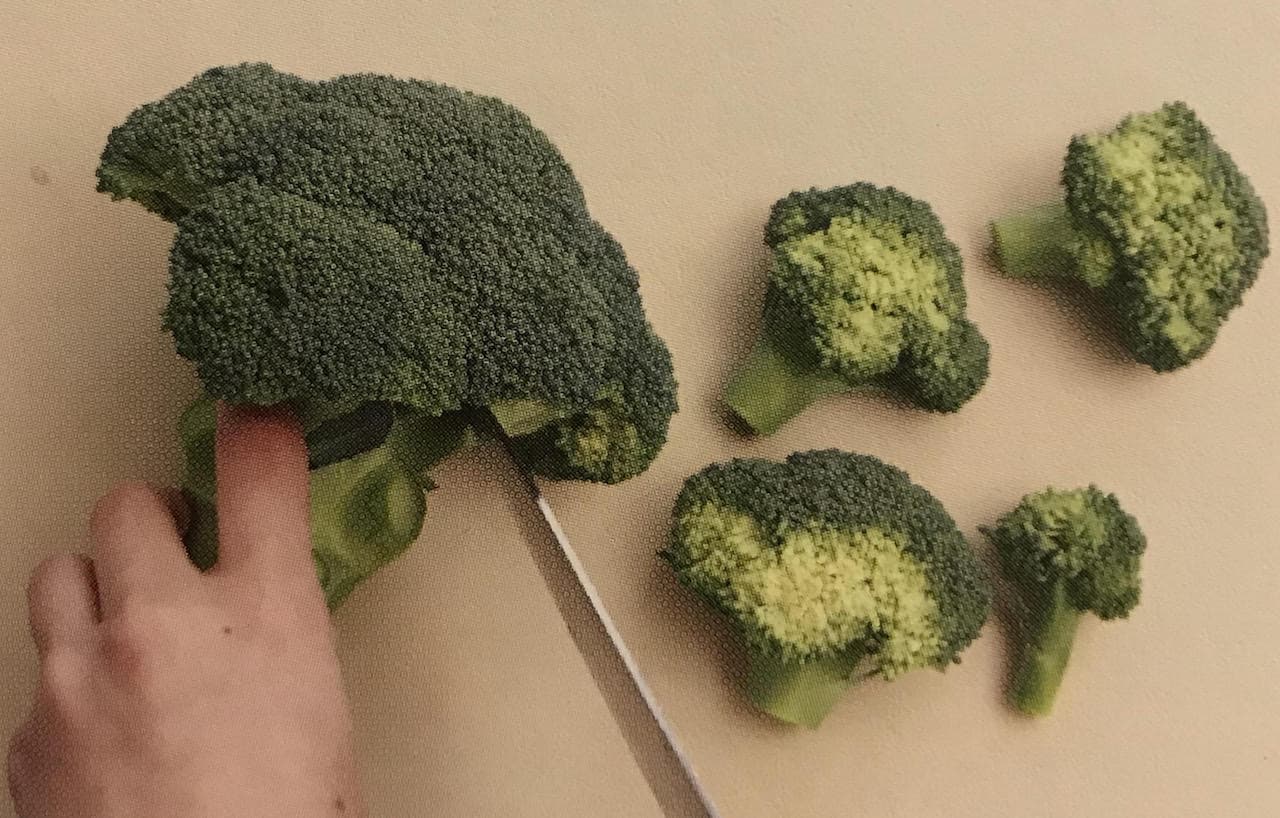
SHUFUNOTOMO sells the book "Food Preservation Taizen," which summarizes 166 types of food preservation methods. Rie Numazu, a registered dietitian, introduced the most delicious preservation method as a result of trying various preservation methods such as refrigeration, freezing, and room temperature for each ingredient. It is 240 pages in A5 size and the price is 1,600 yen (excluding tax).

This is the time when self-catering is increasing. It is said that "shopping is done once every three days", and all the ingredients are purchased and bought in the refrigerator! I think there are many people who say that. You can make it last as long as possible and check the correct storage method of the ingredients you want to use up deliciously and without waste until the end.
■ Factors that damage ingredients
First, check the 7 factors that damage the ingredients!(1) Moisture The water contained in the food may evaporate and lose its freshness, or the amount of water may increase and microorganisms may be generated.
(2) A reaction that occurs when an enzyme contained in an oxidized food material reacts with oxygen in the air. An example is that the cut ends of vegetables turn brown.
(3) Sunburn If you place the ingredients in a place exposed to sunlight, the temperature will rise and the quality will change.
(4) Ingredients with the wrong storage temperature have a suitable storage temperature for each ingredient. Even if the temperature is too low, it may cause "chilling injury".
(5) Putrefaction When beneficial microorganisms and yeast work, it becomes a "fermented food", but putrefaction may cause various microorganisms to multiply and change in quality, producing toxic components.
(6) Aged vegetables and fruits continue to mature after harvesting, but it is "ethylene gas" that promotes this. Apples and avocados release a lot of ethylene gas, but some vegetables are susceptible to it.
(7) Pests Small insects may attach to dried foods, rice, and other items that are stored for a long period of time. Even if it is unopened, it may break through the packaging, so be careful when storing it for a long time.
■ Let's know the proper storage method!
"Drip" is the key to deliciously preserving meat and fish. Drip is the water that comes out when meat or fish is thawed. The juice contains umami and nutrients. Ingredients that have lost water may become too soft or have a different texture, and the remaining water may promote the growth of bacteria. In other words, this drip is the key to the deliciousness of meat and fish.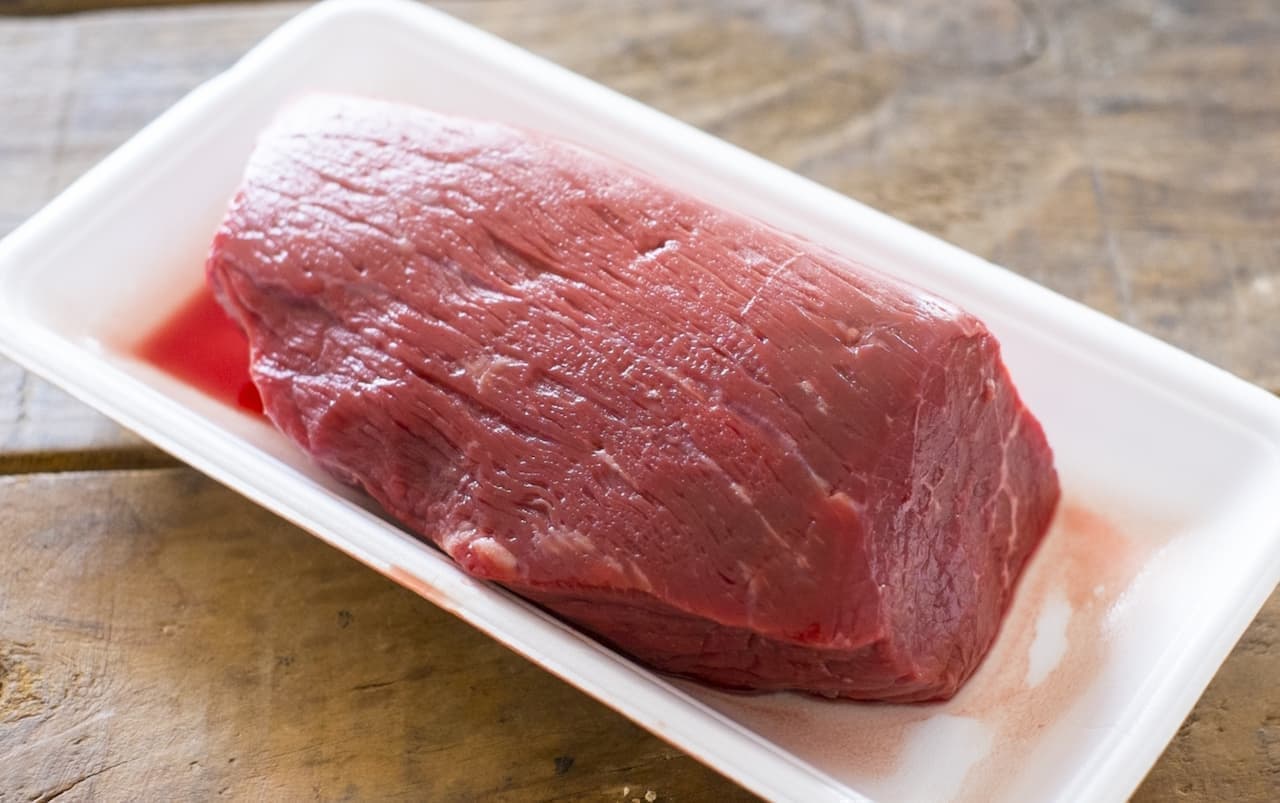
If you want to store meat in the refrigerator, it's best to remove the "drip" and store it in the chilled room! Put the meat you bought in the "low temperature room" of the refrigerator as soon as possible, such as in the chilled room or partial room. If you remove the drip from the meat, wrap it tightly in a wrap, and then store it, it will be more difficult for germs to grow.
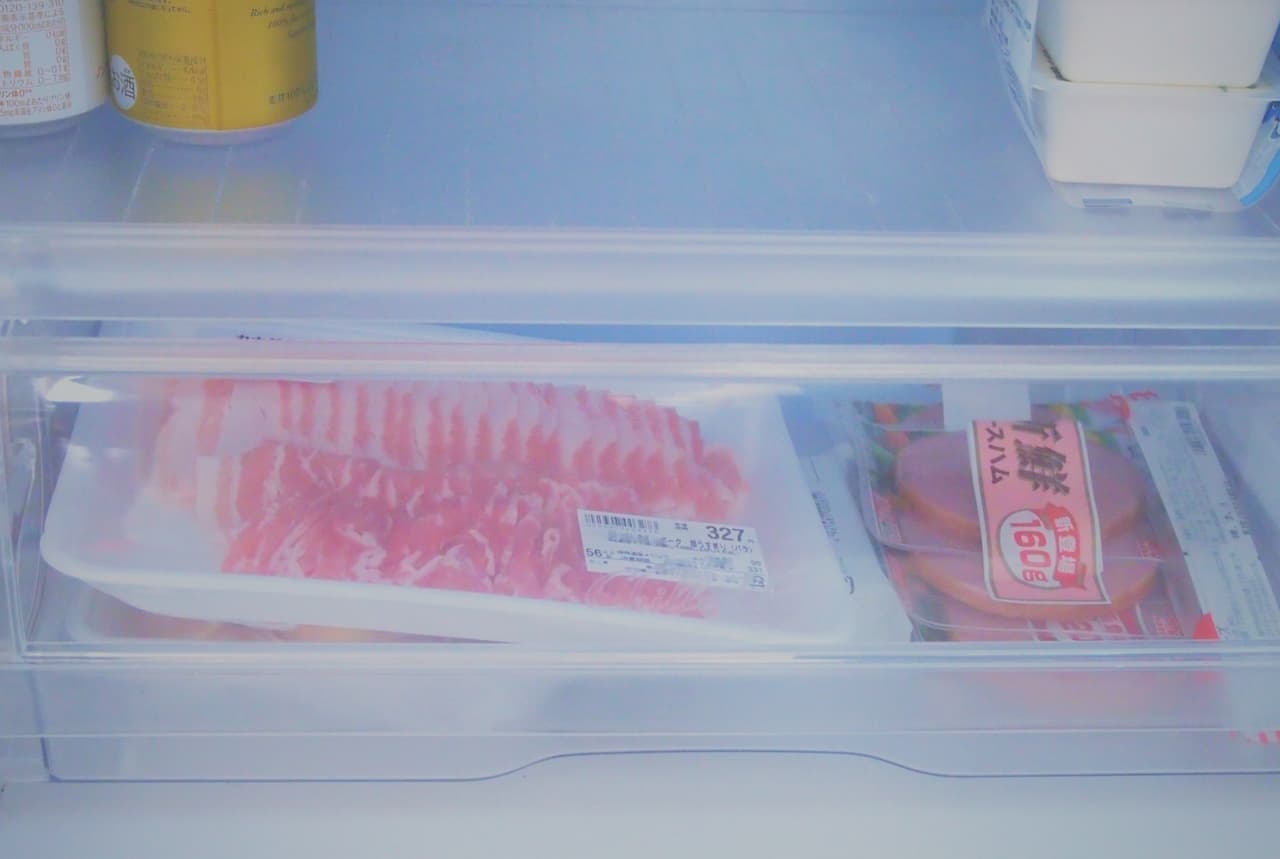
If you want to store it in the freezer, take it out of the tray, wrap it in plastic wrap, and put it in a zippered storage bag. If you freeze the tray as it is, it will take longer to freeze, and drip will be more likely to occur when thawing.
When freezing, be sure to take it out of the tray, wrap it in plastic wrap, and put it in a zippered storage bag to freeze it. It is also recommended to place it on an aluminum tray and then freeze it, as it can be frozen quickly. When thawing frozen meat, it is recommended to thaw it naturally at a low temperature. If it is thawed rapidly, the umami may flow out with the drip.
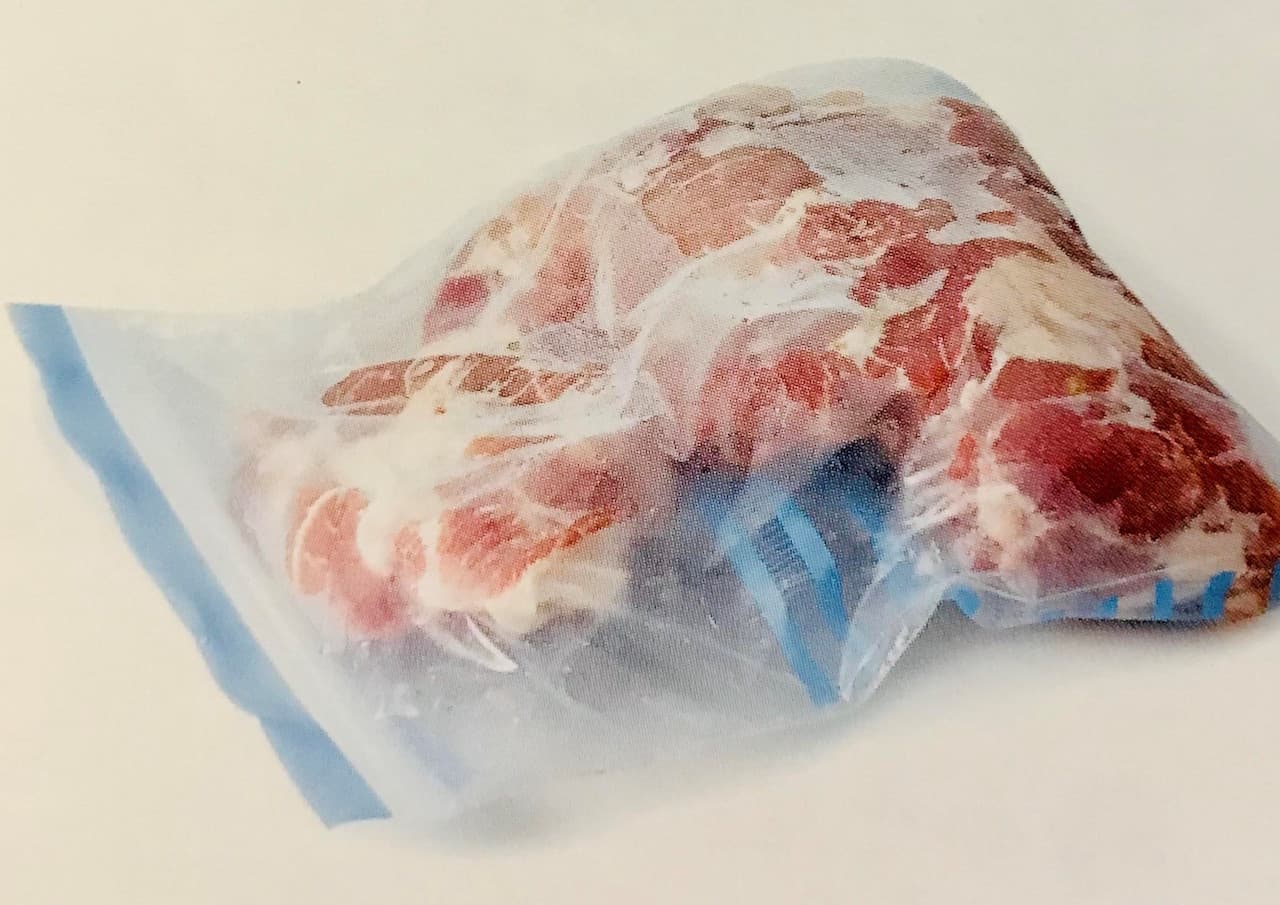
If you want to store vegetables in the refrigerator, basically put them in the vegetable compartment of the refrigerator. For vegetables that are suitable for refrigeration, it is basically best to store them all in the vegetable room. Put it in a plastic bag to prevent the water from evaporating, wrap it in wet paper, and store the vegetables that originally grew vertically so that they do not lose their freshness by devising a method according to the type of vegetables. Let's do it.
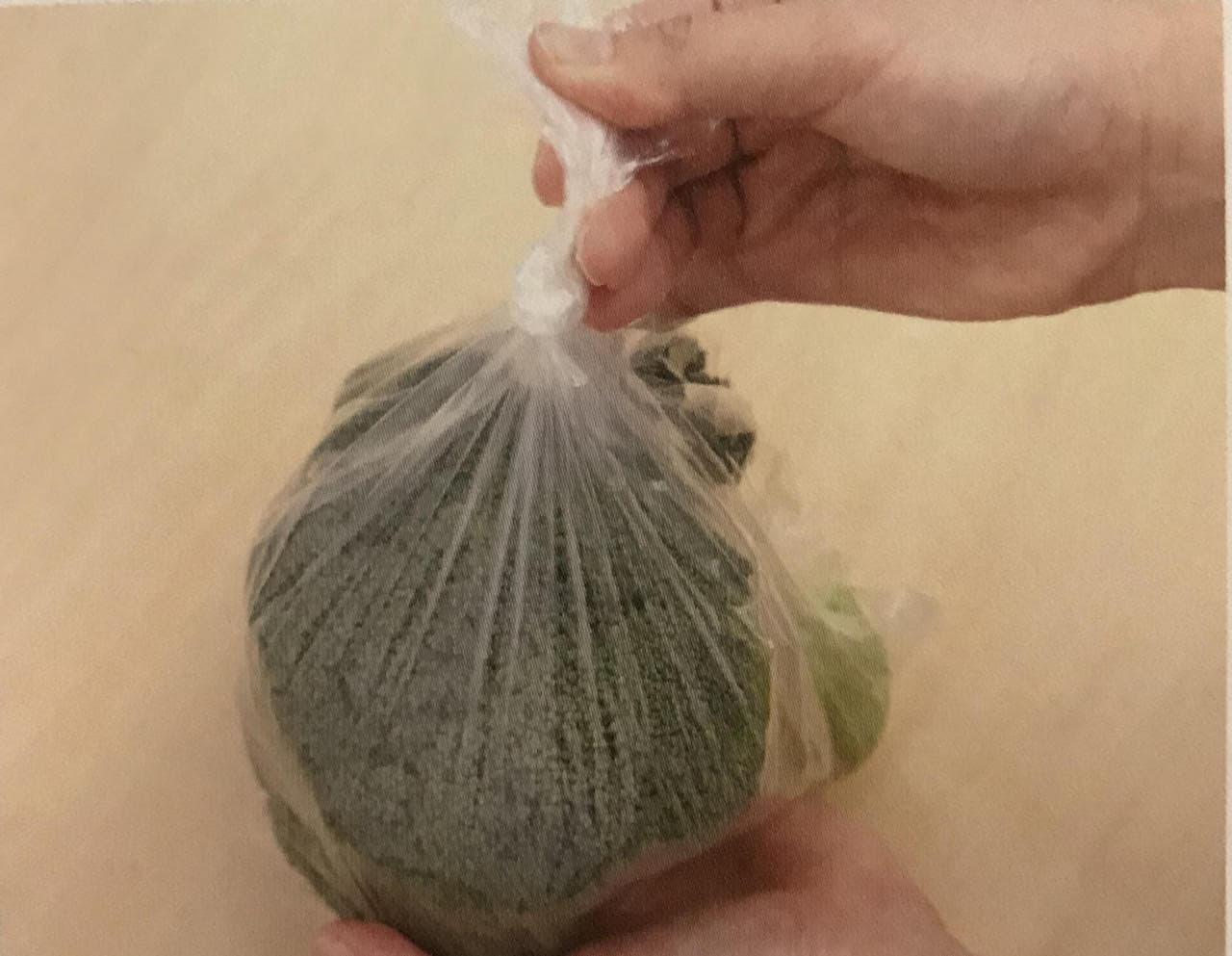

In addition, it is recommended to freeze vegetables that you do not eat immediately. In order to prevent freezing and thawing unevenness and eat deliciously, be aware of the three points of "removing water", "bleeding air", and "cutting into a size that is easy to eat and freezing". It is easy to use if you cut it into a size that is easy to eat in advance, and it is smooth even when frozen and thawed.
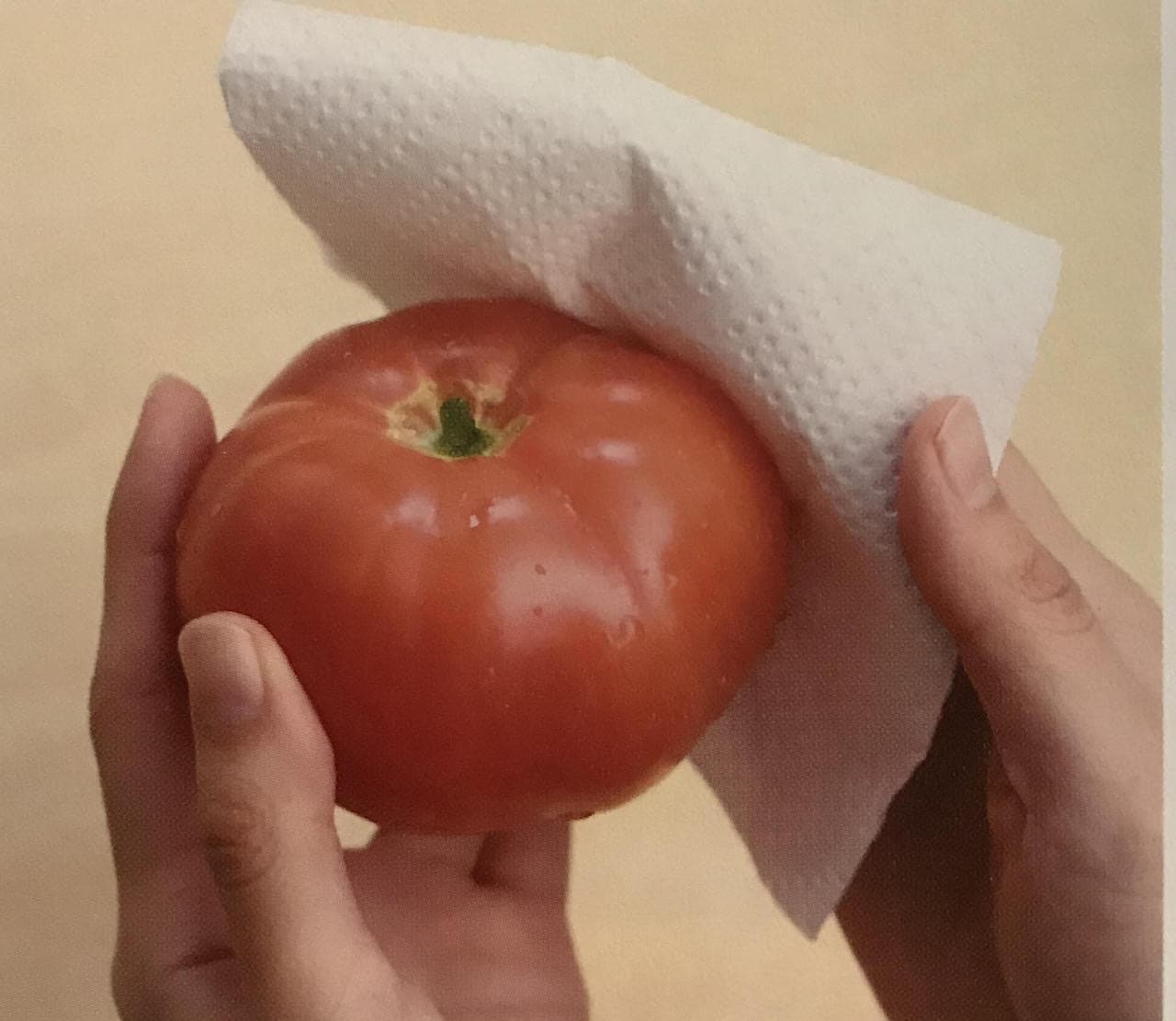
In addition, we will introduce in detail one by one the storage method suitable for 166 kinds of regular ingredients in many households. It would be convenient to have one.
![[Vegetable preservation method] tomato, bitter gourd, carrot, cabbage, turnip, broccoli [complete preservation].](https://image.entabe.jp/upload/articles/49952/b53baa10b7cef70cd2ac7a7089836329_special.jpg)
![[Preservation method] Save a little surplus ingredients such as wine and fresh cream wisely! Summary of information](https://image.entabe.jp/upload/articles/37151/d83b7435c01f68be262764e8ce4d9e80_special.jpg)
![[Preservation method] How to preserve mochi --- Put 〇〇 together to prevent mold](https://image.entabe.jp/upload/articles/34663/b38ecbbbbabf16976c7f376f80e876c8_special.jpg)
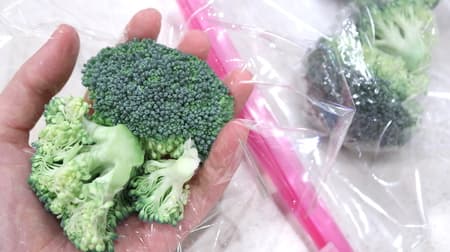
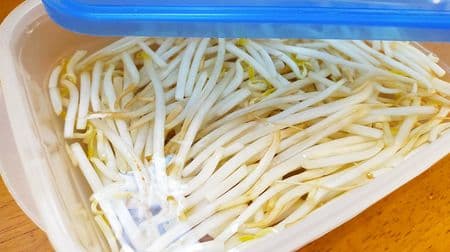
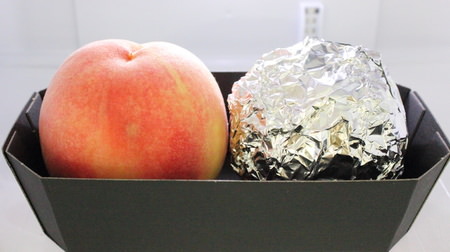
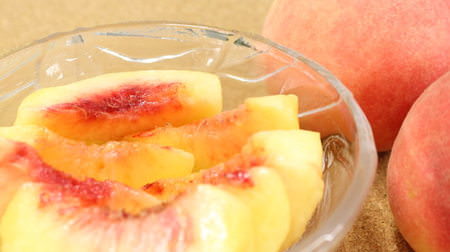

![[How to store oranges] If you store them in normal temperature, refrigerated, or frozen cardboard, stack newspapers and oranges alternately.](https://image.entabe.jp/upload/articles/44706/b38ecbbbbabf16976c7f376f80e876c8_special.jpg)
![[How to store tomatoes] We recommend wrapping them one by one and refrigerating / freezing them! Blue tomatoes can be stored at room temperature for ripening](https://image.entabe.jp/upload/articles/44649/24d86f414519eb9aaab693ae346d93d2_special.jpg)

